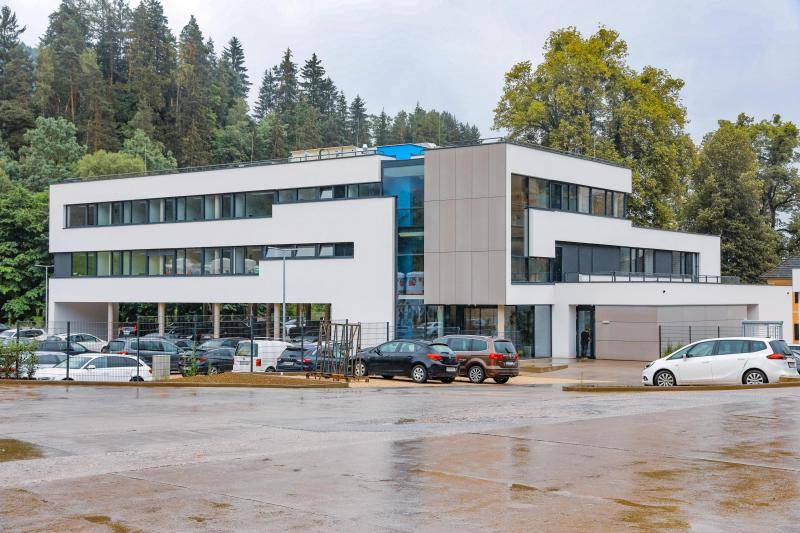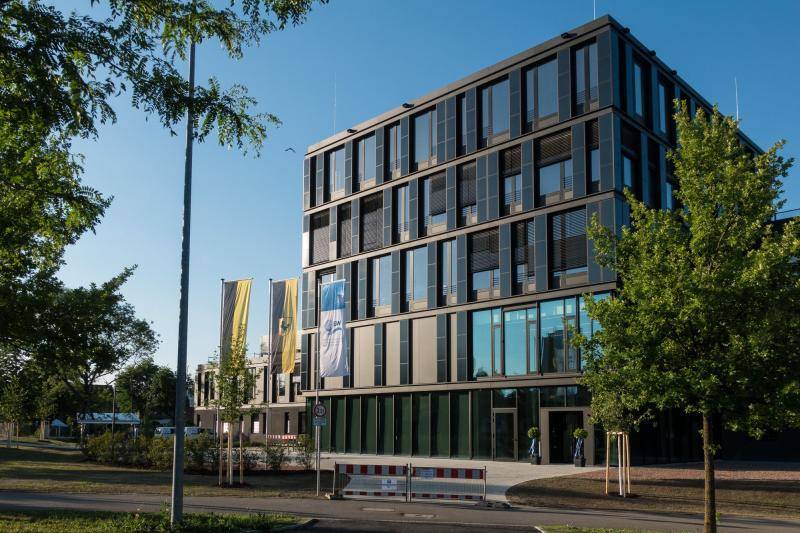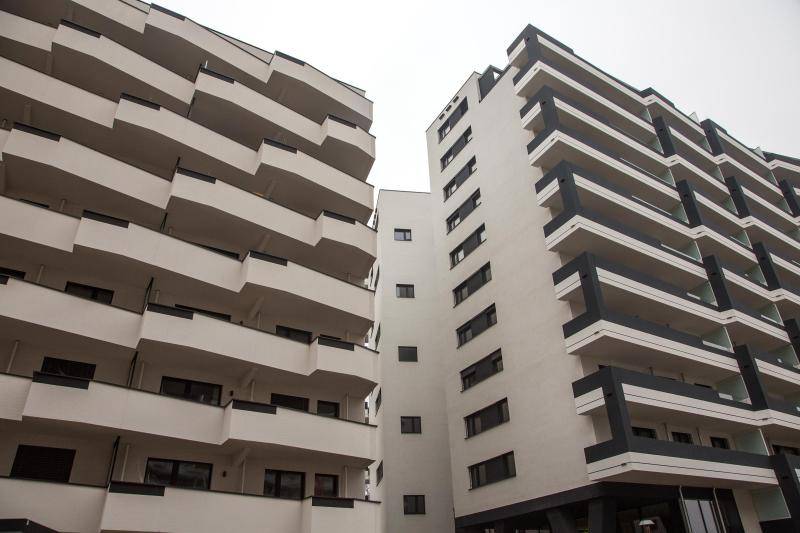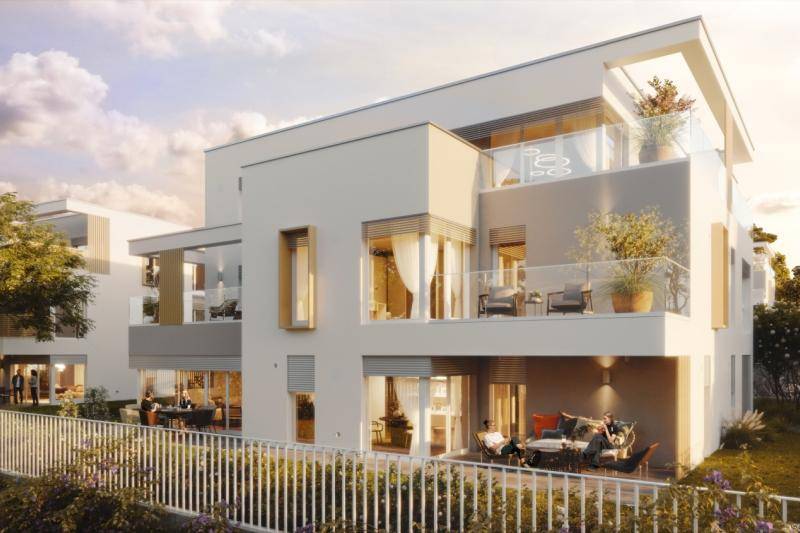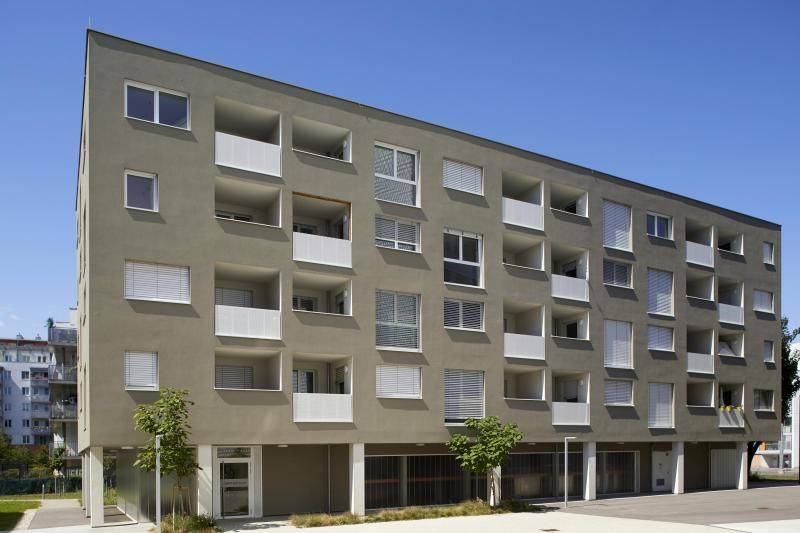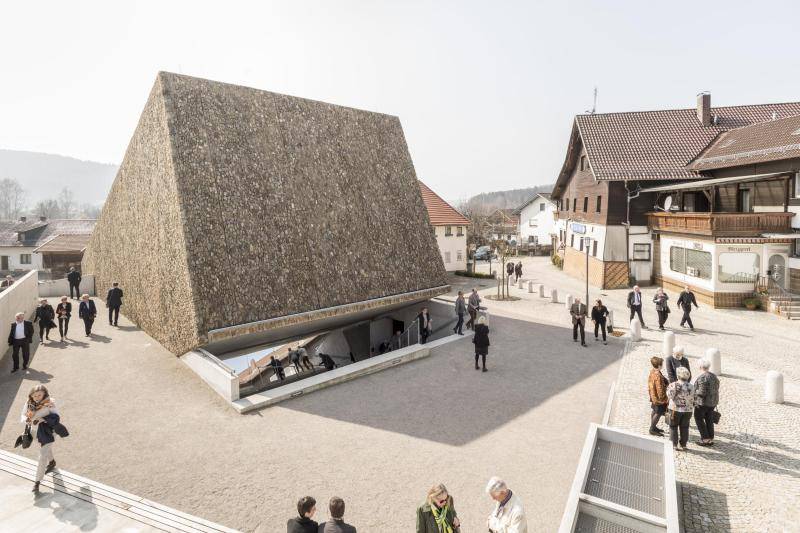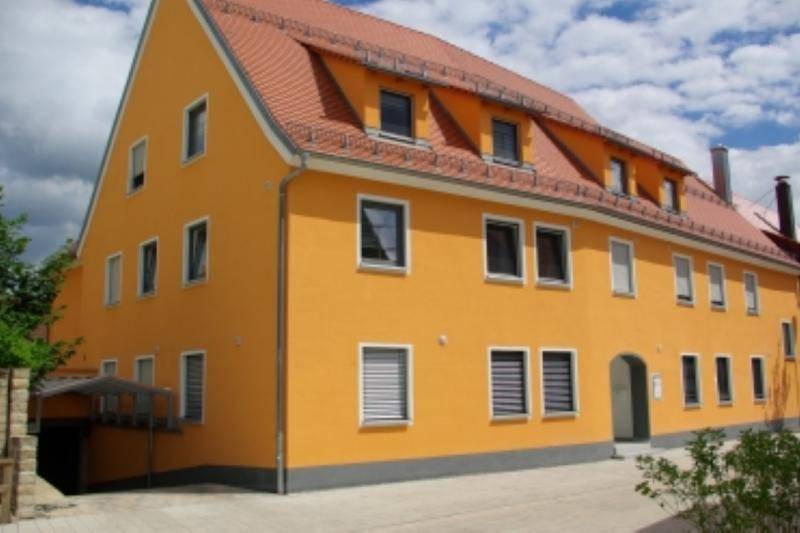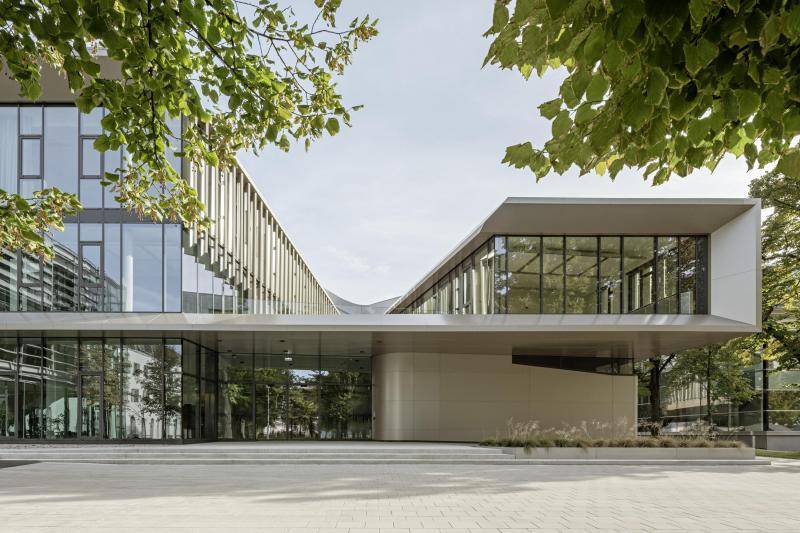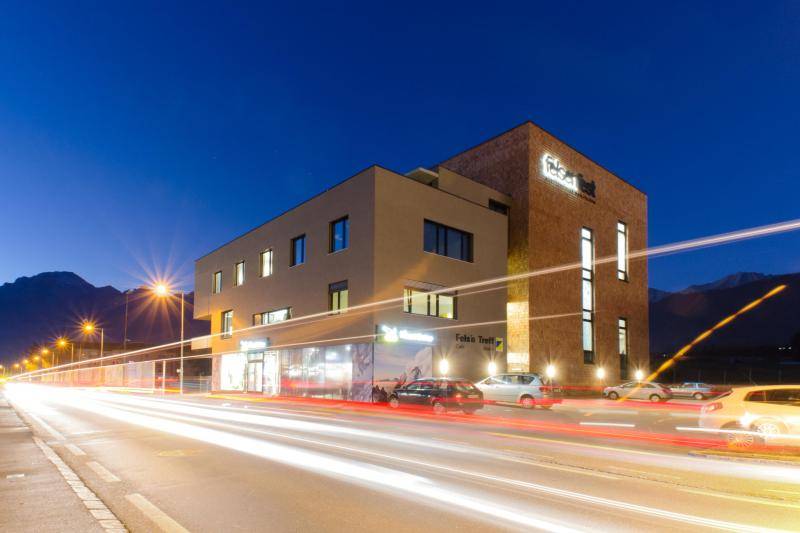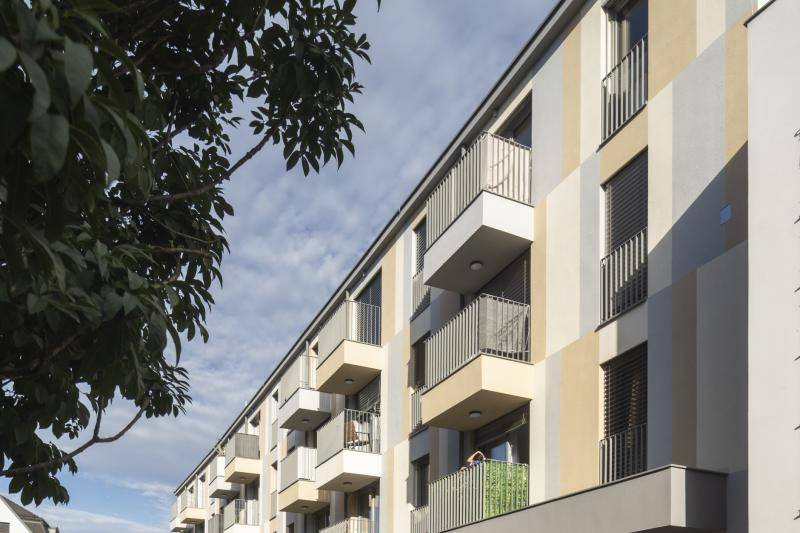The Circle, Zürich airport
In close proximity to the terminals of Zurich Airport, a new urban district has been created in the form of the Circle. A floor area of 37,000 m2 was available, on which the Japanese architect Riken Yamamoto has accommodated a usable area of 180,000 m2. On a continuous base, which encloses a hill with a park to the west and south, six high-rise buildings with nine to ten floors are arranged. Narrow alleys run between them, as in an old town. While the slightly sloping facade facing the airport takes up the curvature of the terminals and is mostly closed, it opens up towards the green area.
Einfache Gesellschaft The Circle
2020
General contractor: HRS Real Estate AG
Building services, fire protection: A+W - Amstein+Walthert
180.000 m²
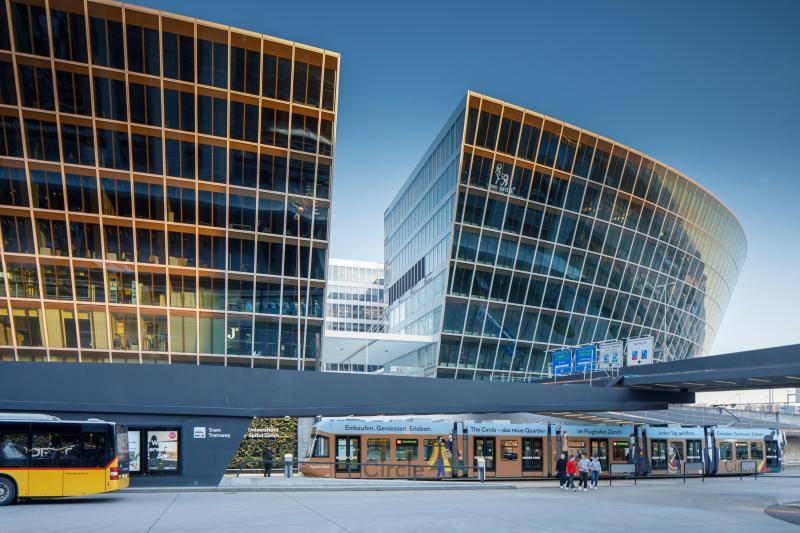
The Circle uses almost exclusively renewable energies for heating, cooling and power supply. It is also geared towards the responsible and efficient use of the energy employed. The centerpiece is the anergy network for a self-sufficient heating and cooling supply. The continuous base, which connects all six buildings, stands on a total of 1150 foundation piles. 850 of these are thermally activated. This means that a plastic pipe is laid in them, in which a fluid circulates, enabling energy exchange with the subsoil. The subsoil thus serves as a heat reservoir: in summer, waste heat that cannot be used directly is temporarily stored in the earth reservoir. By dissipating the heat, the building can be cooled. In winter, the stored heat is drawn again from underground, making the Circle almost self-sufficient in heat supply. At the same time, more than half of the waste heat generated during cooling is recycled. In order to be able to cover any peak load in winter, the Circle is also connected to the district heating network of Flughafen Zürich AG.
Thermal activated component systems (TABS) are used in the Circle to provide heat (in winter) and cold (in summer). For this purpose, pipes were laid in the concrete ceilings to thermally activate them. The surrounding concrete serves as a heat reservoir. In conjunction with the energy piles, this enables efficient operation of the heat pumps. External energy in the form of electricity is only required for the heat pumps.
Photovoltaic panels were installed on the roofs of the six buildings to generate electricity. Due to fixed infrastructures on the roofs, such as the façade access system or recooling units, a total of 1,861 photovoltaic panels are installed on 3,005 m2 of the total roof area of 26,800 m2. The output amounts to 599 KWp and the annual yield according to calculations is 624 '155 KWh. This corresponds to about 2.5% of the Circle's annual electricity demand.
The Circle is largely supplied with sustainably produced electricity from hydro, wind, solar and biomass power plants. One third of the purchased electricity is certified with "naturmade star", which guarantees that it is completely renewable and also completely ecologically produced, whether by hydro, wind, solar or biomass power plants.
